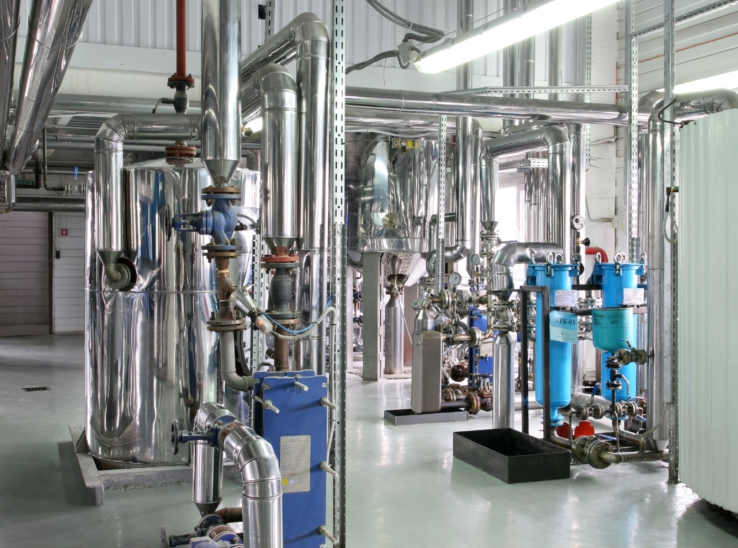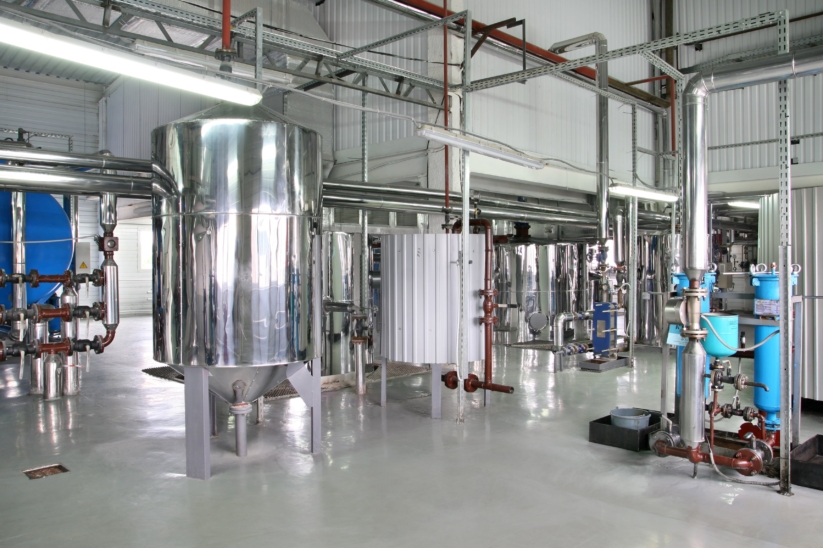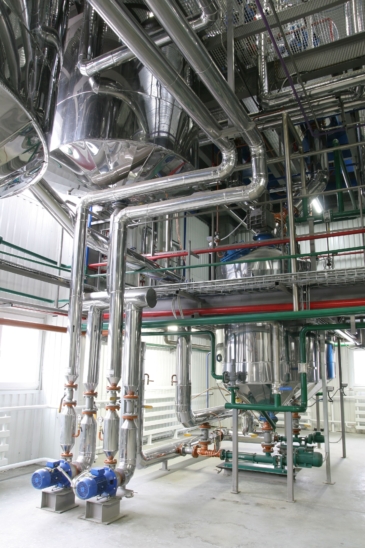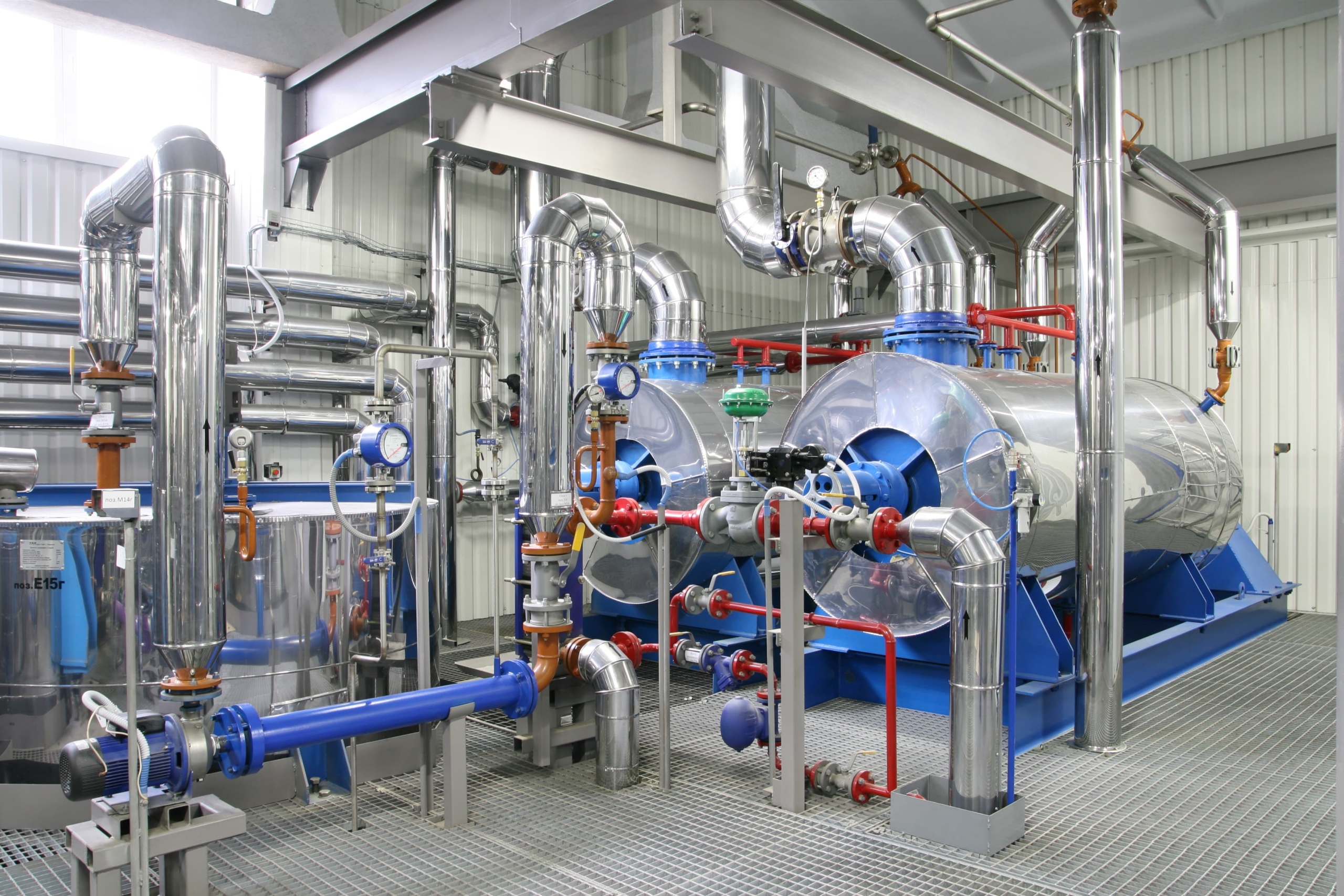Fat interesterification line
Description of the production line
Interesterification is a process designed for changing the physical and chemical properties of oils and their mixtures due to the transfer of fatty acid radicals within one triglyceride molecule and/or by different triglyceride molecules.
The principle of operation of the line of interesterification of fats
The chemical reaction of interesterification takes place in two stages. At the first stage, the catalyst (sodium methylate СН3ОNa) acts as a precatalyst. The real catalyst is formed at the initial stage of the reaction.
As a result of the reaction, sodium monoglycerate and a complex ester of a fatty acid and a methyl group are formed. The catalyst in the second stage of the reaction is sodium monoglycerate.
At the second stage, the actual interesterification process takes place – the exchange of radicals between triglycerides and sodium monoglycerate.
As a result, sodium monoglycerate and a interesterificated triglyceride molecule are formed.
Interesterificated fats have a homogeneous, finely dispersed, plastic consistency. Unlike hydrogenated fats, interesterificated fats do not contain transisomers.
The interesterification process includes oil preparation, mixing with an alkali solution to neutralize free fatty acids, feeding into a vacuum reactor, heating to the temperature required for drying, cooling to the reaction temperature (90°C), adding a catalyst, the interesterification reaction itself, stopping reactions by adding citric acid to destroy the catalyst. Removal of free fatty acids, moisture and primary oxidation products before starting the reaction is one of the important factors for the success of the interesterification reaction, as they are poisoning for the catalyst.
Interesterificated fat is sent for post-treatment.
Post-treatment is used to remove the catalyst from interesterificated fats, adsorb other byproducts resulting from chemical reactions, and brighten the final products.
The post-treatment process includes mixing the fat with citric acid to deactivate the interesterification catalyst, mixing with the adsorbent under vacuum with intensive mixing, conditioning for the time required for adsorption, separating the adsorbent from the fat and cooling to storage temperature.




